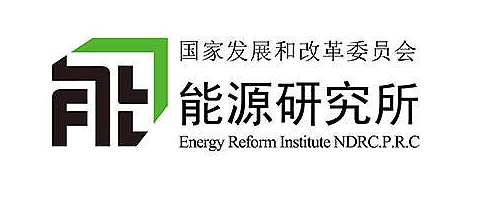Nuclear Reactors 631 - China Has Bold Nuclear Ambitions
China has made a major commitment to nuclear power. They are pursuing the construction of new reactors for domestic use and aggressively selling their services to construct reactors for other nations. They are pushing nuclear power in order to boost their economy and also to fight climate change.
The Paris Climate Agreement of 2016 is an international agreement among most nations to try to limit the future rise in global temperature to less than one and a half degrees Centigrade. Researchers at China’s Energy Research Institute (ERI) have analyzed the nuclear power capacity China will require by 2050 to play China’s part in global climate change mitigation. They published their results in Advances in Climate Change Research this year.
The ERI was created in 1980 to study China’s energy issues. The research at the Institute includes energy production, distribution and consumption. Their main focus is on energy economy, energy efficiency, energy and the environment, and renewable energy.
The ERI says that China’s nuclear power capacity will have to increase from current levels to five hundred and fifty-four gigawatts by 2050. This would increase the share of energy production from nuclear power from the current three percent to twenty eight percent.
As of August 2017, there were thirty-seven commercial power reactors in operation in China generating about thirty-four gigawatts of electricity. Another nineteen reactors are under construction. They will have about twenty-two gigawatts of generating capacity. Two hundred and ninety new power reactors will have to be constructed to add up to four hundred and thirty-three additional gigawatts of generating capacity. The ERI report said, “Only if the additional nuclear reactors all feature large capacities similar to CAP1400 in the future, and the annual uptime of nuclear power plants reaches 7500 hours, can the demand of the 1.5°C target for nuclear power in China be met narrowly.”
In order to reach this goal, China will have to build new reactors at the rate of at least ten a year. Currently, China has three major equipment manufacturers who can supply components for up to ten nuclear reactors per year. The capacity for the actual construction of reactors will have to double to produce ten reactors per year. The workforce needed for the roughly five hundred reactors envisioned by 2050 will have to be about ten times the size of the current nuclear workforce.
Considering the cost of the construction of four hundred and thirty-three reactors, it is estimated that each kilowatt of capacity will cost approximately two thousand and nine hundred dollars. This means that about one and a third trillion dollars will have to be spent on reactor construction by 2050.
The ERI report says, “If by 2050, around 21% of China's electricity is generated with nuclear energy, nuclear and renewable power will basically account for over 80% in the power mix. In such context, total installed nuclear power capacity only needs to reach around 415 GWe, which is easy considering available site resources, nuclear power construction capacity, available funds, and the operation and management talents pool. Such massive development also needs public acceptance, which in fact already affects the development of China's nuclear power and will have more impact in the future. Therefore, significant improvement of public acceptance has become an important work and must be carried forward across the country."
As I have said before with respect to China’s nuclear ambitions, it will be interesting to watch to see if they can actually reach their goal of around five hundred nuclear reactors by 2050. If so, will they be able to safely operate their fleet of reactors? And, what are they going to do with all the spent nuclear fuel that will be generated?
